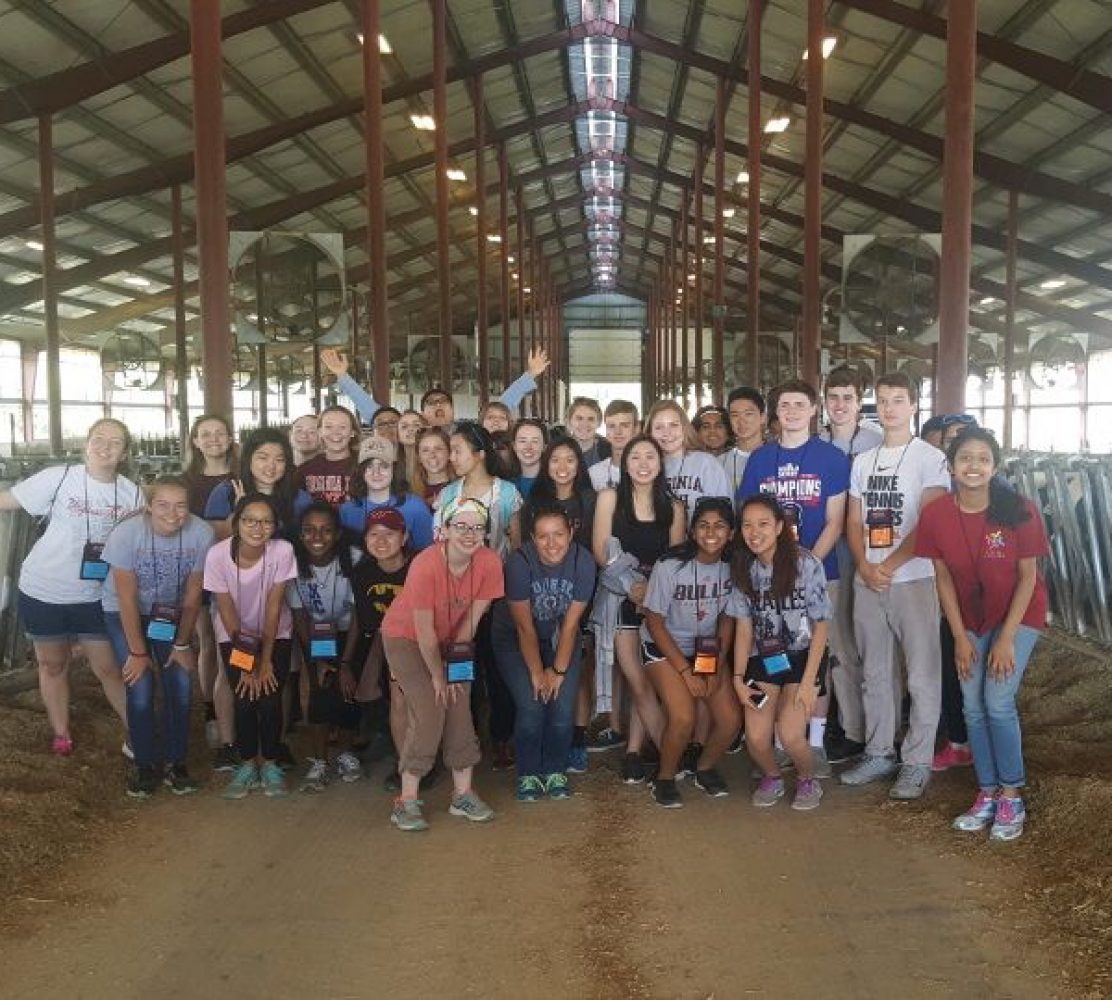This year’s outbreak of avian influenza in the United States is one of the worst agricultural disasters our country has faced to date. As of the summer of 2015, over 50 million chickens have been killed due to the virus, primarily in Midwestern states. Iowa has suffered the most losses to their poultry population, with more than 40 percent of the chicken population being affected.
Avian influenza, commonly known as bird flu, is normally carried by wild birds such as geese and ducks. These animals have built up a resistance to the influenza virus; however, domestically farmed birds have no such protection. Through connection of bodily fluids or fecal matter, the virus spread from one of these wild bird hosts to the defenseless chickens and turkeys in the American Midwest.
Once infected, chickens have a 90 percent rate of mortality within 48 hours, which has obliterated the population. Due to factory farming and its crowded conditions, the virus has spread uncontrollably from chicken to chicken and farm to farm, further escalating the problem. While the losses are greater on farms with more birds, the viruses are nondiscriminatory and even the smallest poultry farmers are faced with its repercussions.
Unfortunately for farmers, the first clear sign that the flock is infected is the presence of dead birds. As the disease is so fast-killing, it is hard to notice any strange symptoms, which may include abnormally-ruffled feathers, low feed consumption, and a drop in egg production. The most effective way for farmers to stop the spread of the virus is to isolate and eliminate all poultry exposed to the virus, clean up excess fecal matter, and sterilize all living pens.
The preventative measures put in place have not been effective in stopping the disease thus far. According to the USDA the virus has spread to 15 states within the past five months. American farmers will most likely have to replace a high percentage of their birds as a result of the outbreak and its ghastly effects.
While the disease is deadly to the birds, it is certainly painful to the pocketbooks. Grocery stores and restaurants are facing severe shortages in egg, poultry, and egg-product goods; including Texas-based grocery store giant H-E-B, limiting the number of egg cartons that may be purchased.
My mother, on our regular trip to the grocery store last week, noted that the price of a carton of eggs cost more than usual. Initially, my mother and I thought nothing of the matter, until we realized a trend among all chicken and egg-related products. My mother was agitated at the inflated prices of all the chicken byproducts and proceeded to ask the store manager the reason for the increase in prices. To our dismay we realized we were in the midst of a very serious epidemic, a chicken epidemic. My mother held an outstanding amount of sympathy for the chickens and eventually became the catalyst for this blog post.
In conclusion, I have realized that chickens play a pivotal part in our everyday lives. The glaring effects of the avian influenza epidemic seen in the local grocery store has made it easy to say, a world without chickens is a world without cake, omelets, and happiness. Viva la Chicken.
Written by: Ben Habermeyer, Jack Snowdon, Frank, Gordon


